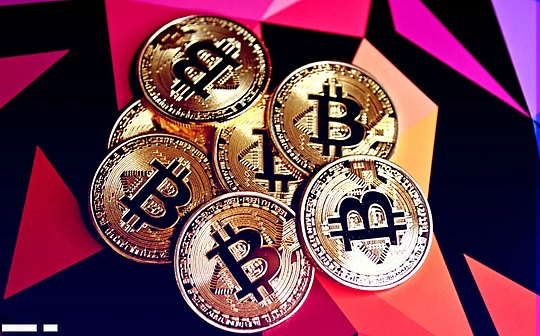The order of the alt season is usually:
BTC hits a new all-time high
ETH launches (pending)
Large-cap coins rotate (some have already been seen)
Mid-cap coins take off
Small-cap coins rise straight up
We are now roughly between stages 1 and 2. Be patient and add to your positions on dips.
Narrative Overview
Although BTC is setting new all-time highs, the entire crypto Twitter still looks tired. This emotional split is actually reasonable-For most retail investors, the meaningful charts are altcoin charts, and these charts have been sideways for months.
Coupled with the approach of summer, the market is accustomed to the "low liquidity + sudden explosion" of this season, so the anxious atmosphere we see on the timeline has emerged.
The "gold rush" of earnings funds
We seem to be back in 2020. In the past week: GameStop, SharpLink, Strive, Blockchain Group, and even Trump Media announced a total purchase of more than $3 billion in BTC. The logic is simple: In a world where cash depreciates by 5% annually and long bonds barely beat inflation, Bitcoin is the only mainstream asset that beats inflation.
There are two key points about the impact of this trend on the market:
Draining spot supply——The spot absorption wave started by ETFs is continuing
Establishing a risk benchmark for other fund managers——"Even retail companies that speculate on meme stocks have allocated 5%, why can't we?"
This mainstream buying may turn what should have been a cyclical rebound into a long-term upward structural trend.
But this also means: The more stable Bitcoin's performance, the longer the alt season may be dragged on. At present, BTC's dominance rate has shown signs of a top, but the buyer is CFO, not degen who is keen on alt rotation.
The Battle for Capital Efficiency: AMM Swallows the Money Market
While corporate finance is hoarding BTC, DeFi architects are breaking the boundaries between swap, mortgage and fixed income:
Euler connects Uniswap v4 Hooks to the lending engine, and LP automatically becomes collateral
Hyperdrive allows Hyperliquid users to borrow USDe with perpetual positions
Malda uses zero-knowledge technology to create an "arbitrary lending layer" and turn bridging into a transparent UX
Core point: Any asset should be "used twice" in a smart contract - once for exposure and once for income.
Liquid migration: the second layer quietly rises
Hyperliquid TVL rises every week
Base's trading volume quietly catches the express train of Virtual ecology
BNB chain transaction data surges (although Polyhedra is more of a scoring robot)
Ethereum is still the main venue for mainstream funds, but the market inflows are mostly concentrated in large-cap coins such as $AAVE, $UNI, $LINK, and $PEPE.
The "mining-selling" season for retail investors has moved to the sidechain, while the mainnet is more like a serious "Main Street".
Meme Velocity, Buyback Wave and Beta Hunters
AAVE's community buyback mechanism makes it the "net inflow first choice" favored by institutions. At the same time, Meme coins began to split into two factions:
Rotation leaders that can be configured by institutions (such as $PEPE, $VIRTUAL, $SPX6900)
"One-time lottery tickets" for retail users to try their luck (such as DINNER, Fartcoin)
Interestingly: the funds on Solana are more dispersed - MEW is listed on Robinhood, JUP continues to release water, and dark horses such as BRETT and KAITO are competing for attention.
If you are a content creator, emphasizing this fragmentation will help you jump out of the "only talk about Ethereum" narrative red ocean.
NFT: The Forgotten Frontier
The Ordinal craze faded, trading volume stabilized, and the so-called "ancient whales" failed to save the market.
Before there are clear signals of monetary easing, or at least before a new narrative redefines JPEG from a luxury item to a tool,the funds that once chased NFTs have turned to Meme coins with an incentive points system.
 Kikyo
Kikyo
 Kikyo
Kikyo Catherine
Catherine Catherine
Catherine Kikyo
Kikyo Catherine
Catherine Kikyo
Kikyo Catherine
Catherine Catherine
Catherine Kikyo
Kikyo Catherine
Catherine